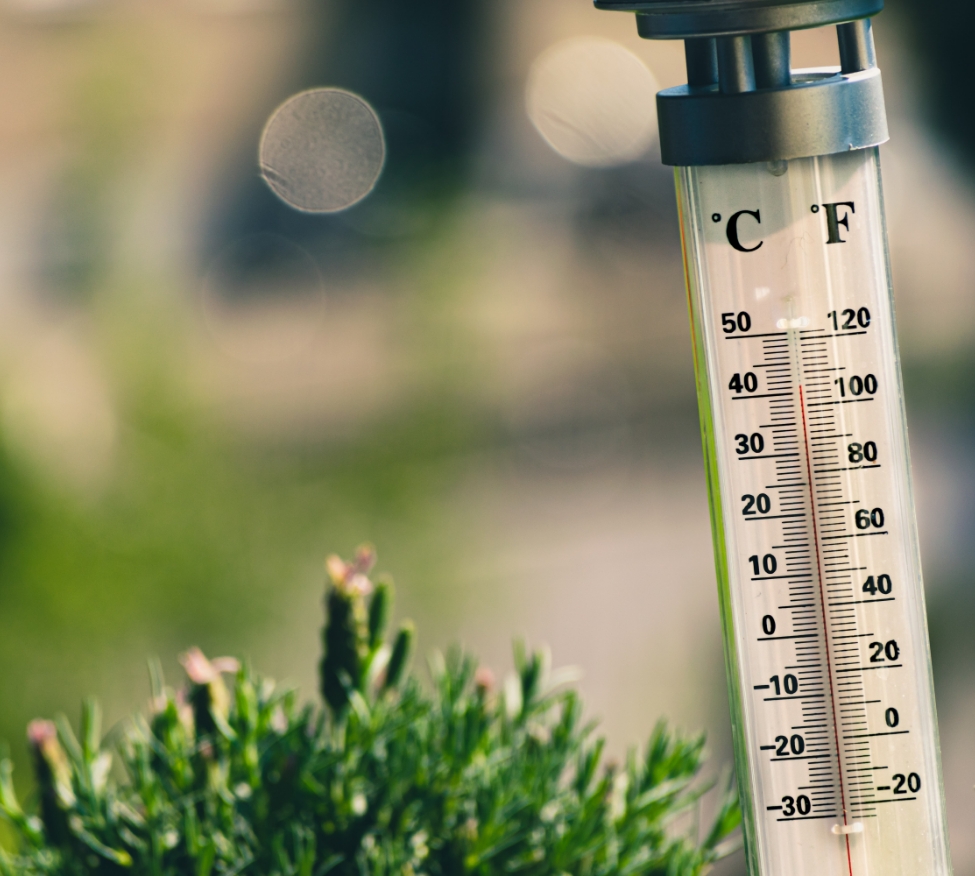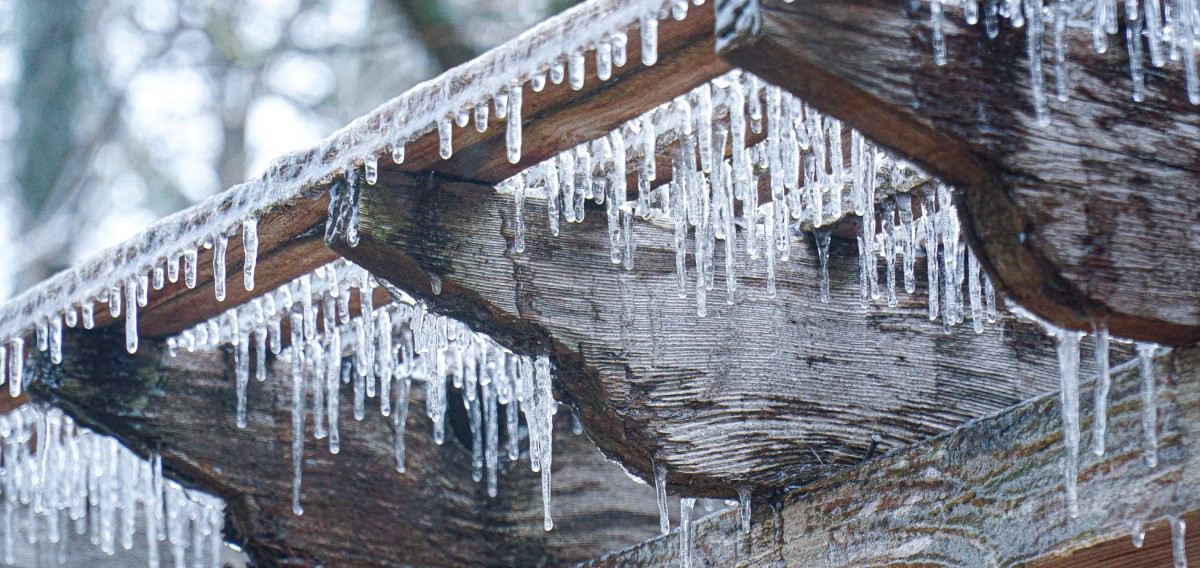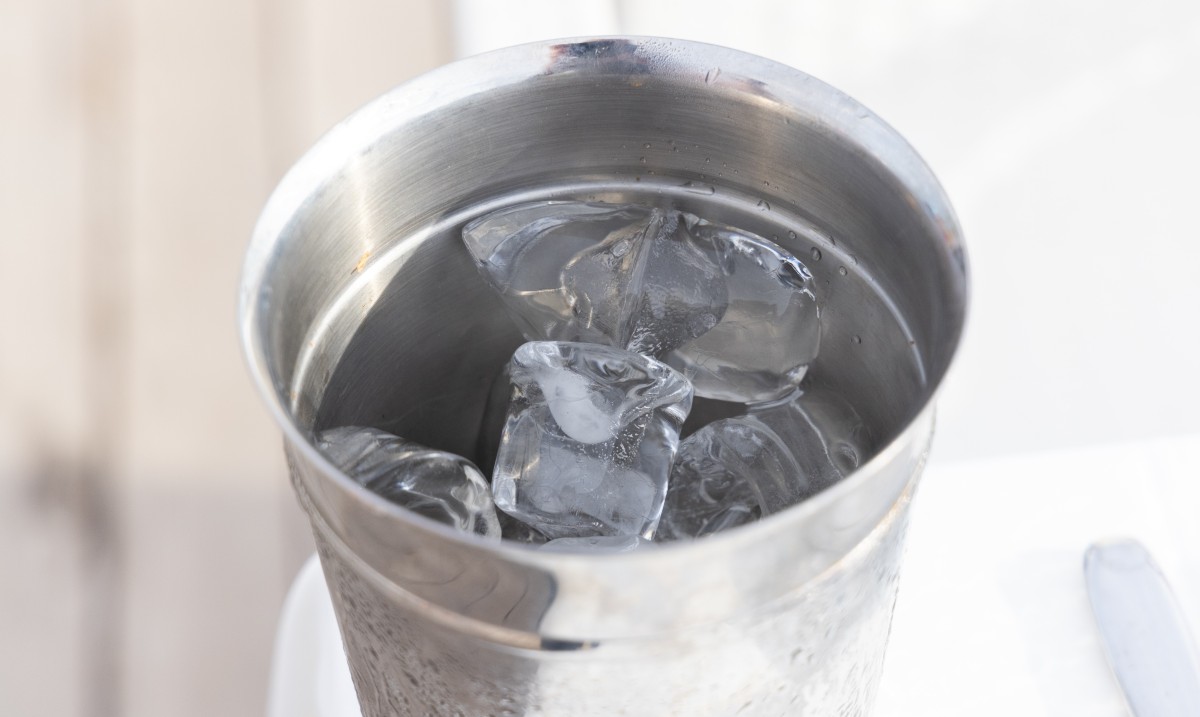The Cowichan region has one of the most pleasant climates in Canada. With mild winters and warm, sunny summers, it’s no wonder that people from all over want to call the area home. However, with climate change now a reality, extreme temperatures are becoming more common.
Many older buildings, including apartments and houses, are not designed for the temperature extremes that are occurring more frequently for the Cowichan region. People with pre-existing medical conditions, or who are elderly or very young, and those with other socio-economic vulnerabilities, may be particularly at risk during extreme temperature events.
For Cowichan, we consider the following to be extreme temperatures:


Cowichan communities are taking steps to prepare for extreme temperatures. Working with the Provincial government, community support agencies, and health partners, there are a number of measures being take to ensure that Cowichan is ready. Extra shelter spaces for people experiencing vulnerability from homelessness are in place during periods of extreme cold. Designated cooling centers are available during extreme heat. CowichanAlert provides a central point for information regarding both extremes of hot and cold.
- Know the Risk. Make a Plan. Build a Kit.
- Prepare your home for both winter and summer.
- Pay attention to weather forecasts and weather warnings.
- Get to know your community – is there someone near you who might appreciate a check in during extreme temperatures? Is there someone who might check in on you?
- Make a list of places you might go to stay cool or warm up, if needed.
- Be prepared for a power outage.
- Sign up for CowichanAlert
- Avoid exposure to the cold as much as possible. Stay inside, and make sure you take time to warm up throughout the day if being outside is required.
- Visit public spaces like libraries, shops, places of worship, etc. to warm up.
- Dress appropriately for the weather.
- Use caution if using space heaters; follow manufacturers safety instructions closely.
- Follow the guidance of health and emergency management organizations.
- Stay hydrated. Water and beverages with electrolyte replacements are both good options.
- If you have a pre-existing health condition, talk to your health provider about staying safe during extreme heat.
- Find shaded areas near water to cool down outside.
- If you are able, make use of a room fan or air conditioner in your home overnight.
- Avoid strenuous activity during the heat of the day.
- Plan to check on neighbours and relatives who may be vulnerable to heat. If you are vulnerable, plan to connect with someone to let them know how you are coping.
- Follow the guidance of health and emergency management organizations.
